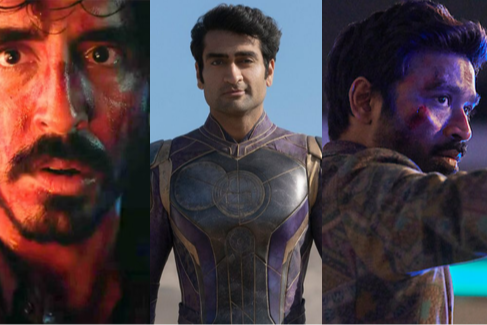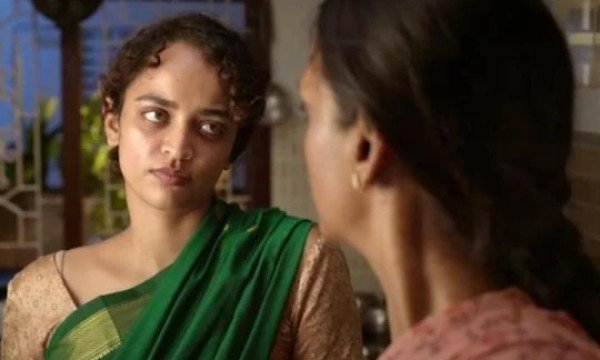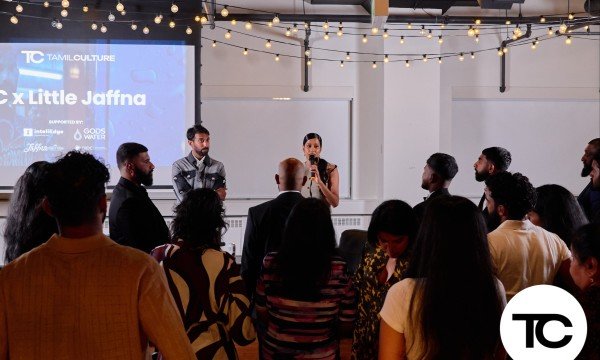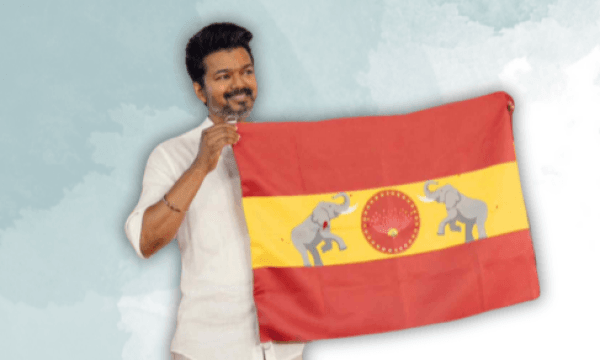
Hollywood has come a decently long way in casting brown leading men. In the superhero genre, we’ve seen a few now (Dhanush in Gray Man, Kumail Nanjiani in Eternals, Dev Patel in Monkey Man) as either superheroes or supervillains. This is undeniably a big change from the past. But is the jump from gas station attendant or computer science nerd to superhero a good thing? I’d argue it’s been overwhelmingly good, but hits on an interesting discussion around a common Hollywood theme. Let’s take a look.
Find out how myTamilDate helps single Tamils find serious relationships on their own terms!
Portraying brown men as leading superheroes or heroic characters does away with many of the classic stereotypes that we’re all familiar with. It has allowed brown men to be shown not as passive, scared and feminine, but as capable of the same tenacity, intelligence and leadership qualities that are afforded to white leading men on screen. This humanises them, makes them more relatable, and may just allow brown folk to see a different and refreshing version of themselves on screen. I personally like these representations, especially considering how tired I am of seeing brown men exclusively cast as passive and desexualised nerds.
While the increasing presence of brown heroes and superheroes on screen has been a great step forward, it brings up a common Hollywood trope of “over correcting” when trying to improve representation of certain people or groups. Over correcting would be described as an effort to correct past representation mistakes by presenting a character as the complete polar opposite. I’ve written about this before: for example, portraying Indian men as “super tough guys” and as “un-Indian” as possible as a way to undo condescending portrayals in the past; characters like these may be an improvement for sure, but also fall victim to becoming one-dimensional in a whole different way.
This tendency was common in the evolution of female and black characters on screen. Women were historically often portrayed as passive victims or lacking agency. Attempts to subvert this idea led in part to superhero/tough characters like the Bride in Kill Bill and Jen in Revenge; characters that definitely subverted the victim trope, but had very little character development aside from their rage and tenacity to inflict violence on their wrongdoers. Black characters were also portrayed as “prefect” in an attempt to improve on negative representations in early Hollywood. While these portrayals can be empowering, they don’t really explore the characters in depth or show them as balanced, multi-dimensional people.
Sign up to be a cast member for Season 2 of our hit blind dating show - Dating While Tamil
There’s a case to be made that brown superhero characters do a bit of the same. There is always the risk that these representations can also fail to create complex and interesting characters. But on the bright side, we’ve seen more and more representations of both brown men and women on screen that are what you would call “normal.” There’s a common idea that the best kind of representation is one where the trait being described as “representative” isn’t even mentioned. A brown character on screen is just another person, their ethnicity being completely irrelevant to their wider story. This can be seen in shows like Never Have I Ever, Bridgerton, and Station Eleven, and movies like Greedy People; brown characters who are regular students, cops, husbands or noblewomen.
While it’s exciting to see brown men finally taking on roles as superheroes and leading characters, it’s worth keeping an eye on how these portrayals evolve. Representation works best when it doesn’t move too far into over correction, but instead allows for well-rounded characters who feel real and relatable. The ultimate goal would be to see brown characters exist on screen as just people; and it’s refreshing to see the needle finally moving in the right direction.

























